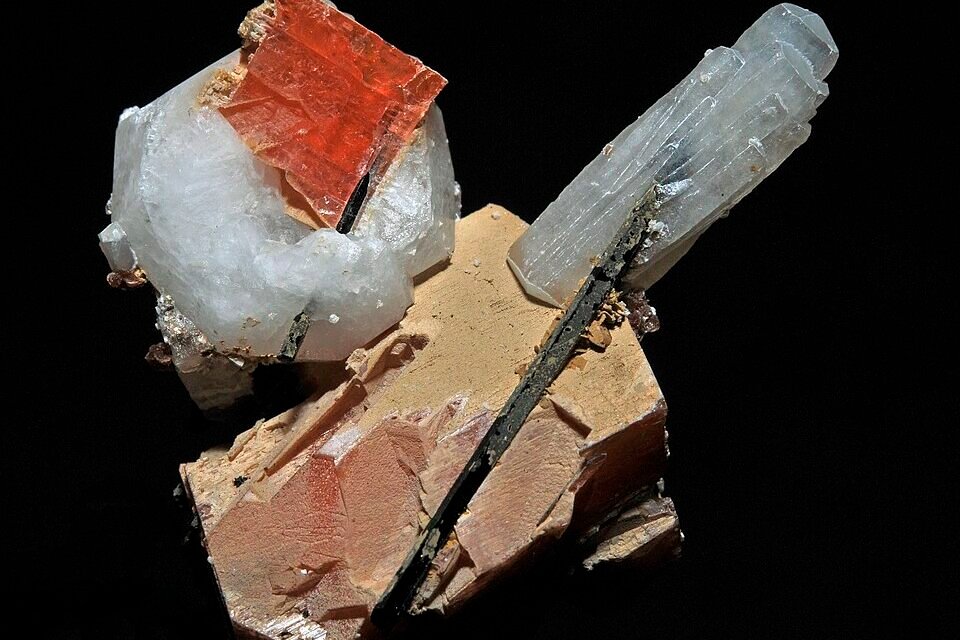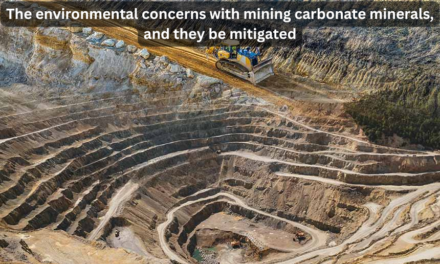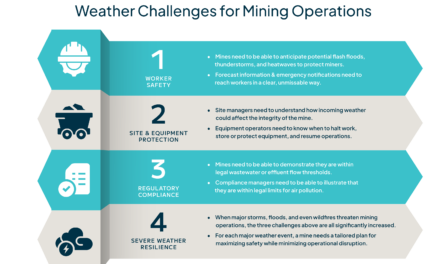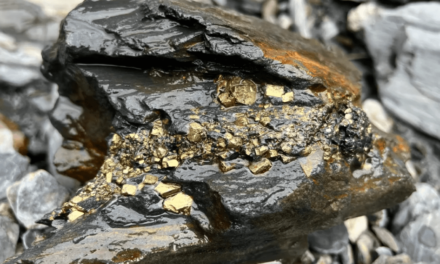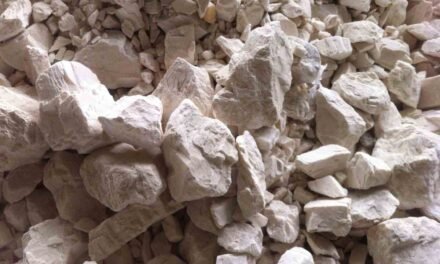The key differences between carbonate and silicate ores in terms of extraction and processing lie in their chemical composition, mineralogy, and the methods used to extract the valuable metal or element. Here’s a detailed comparison:
1. Chemical Composition
- Carbonate Ores: These ores contain carbonate minerals, where the key element is bound to a carbonate ion (CO₃²⁻). Examples include calcite (CaCO₃), dolomite (CaMg(CO₃)₂), and siderite (FeCO₃). The metal is typically in the form of carbonates.
- Silicate Ores: These ores contain silicate minerals, where the metal is bound to silica (SiO₂) or other silicate structures, often in complex mineral frameworks. Examples include feldspar, olivine, and pyroxene. The metal is usually in the form of silicates, which are more chemically stable.
2. Extraction Processes
Carbonate Ores
- Precipitation and Calcination: The extraction of metals from carbonate ores typically involves processes like calcination (heating) to decompose the carbonate mineral into its oxide form and release carbon dioxide (CO₂). For example:
- Limestone (CaCO₃) is heated to produce lime (CaO) and release CO₂.
- Magnesite (MgCO₃) is heated to produce magnesium oxide (MgO) and CO₂.
- This process can be quite energy-intensive due to the high temperatures required.
- Direct Reduction: In some cases, carbonate ores are subjected to direct reduction using a reducing agent (like carbon) to convert the metal into its elemental form. For example:
- Iron extraction from siderite can use a blast furnace where carbon reduces iron carbonate to iron metal.
- Leaching: Some carbonate ores can be treated with acids (e.g., sulfuric acid) for leaching, which dissolves the metal content, leaving behind waste materials. This is more common with copper and zinc ores.
Silicate Ores
- Smelting: Silicate ores are typically much harder and more chemically stable, meaning they are often processed using smelting. This involves high-temperature treatment with a flux (e.g., lime) to separate the metal from the gangue (the unwanted mineral content). The silicate is usually converted into an oxide during the smelting process, where the metal can be extracted.
For example:- Copper extraction from copper silicate ores often requires smelting, and sometimes additional steps like flotation to concentrate the ore.
- Furnace Reduction: Silicate ores, particularly those containing metals like iron, nickel, and chromium, are typically subjected to high-temperature reduction in blast furnaces or electric arc furnaces. Here, the metal is reduced from its silicate form to a molten metal.
- For example, iron ore (mostly silicate) is reduced in a blast furnace, where coke is used as a reducing agent, and silica (SiO₂) forms a slag that is removed.
- Acid Leaching: For some aluminum silicate ores (like bauxite), a bayer process is used, which involves treating the ore with sodium hydroxide (NaOH) to extract aluminum oxide (Al₂O₃). This process is highly selective and efficient for aluminum extraction but does not apply to most silicate ores.
3. Processing Conditions and Energy Requirements
- Carbonate Ores: The processing of carbonate ores often involves calcination at very high temperatures to break the bonds in the carbonate mineral, which can be energy-intensive. The decomposition reaction of the carbonate (e.g., CaCO₃ → CaO + CO₂) releases a significant amount of CO₂, which needs to be managed. Carbonates are generally easier to break down chemically than silicates.
- Silicate Ores: Silicate ores are more stable and resistant to breakdown, so their extraction usually involves more high-temperature processing (e.g., smelting), which requires even more energy. The fluxing agents (e.g., lime) are often necessary to help separate the metal from the silicate matrix, which can also add to the cost and complexity of the process.
4. By-products and Environmental Impact
- Carbonate Ores: The processing of carbonate ores often generates carbon dioxide (CO₂) as a by-product due to the calcination process, contributing to greenhouse gas emissions. However, some processes like leaching (with sulfuric acid) can produce waste streams that contain toxic chemicals and require careful disposal.
- Silicate Ores: Silicate ores can produce a significant amount of slag during smelting. While slag can often be recycled in some applications (e.g., in cement production), the overall environmental impact is still significant due to the high energy consumption and the emissions from smelting (including carbon monoxide and sulfur dioxide).
5. Complexity of Ore Processing
- Carbonate Ores: These ores are typically simpler to process in terms of initial extraction because the metal is often more readily released through processes like calcination or leaching. The metal in carbonate ores is often in a purer state, meaning fewer separation steps are needed.
- Silicate Ores: Processing silicate ores can be more complicated due to their high stability. The extraction often requires more complex steps like smelting, flotation, and leaching, and may involve a variety of chemicals and reagents. The presence of other silicates and impurities often requires concentrating the ore through beneficiation processes before it is suitable for smelting.
Conclusion
In terms of extraction and processing, carbonate ores are generally easier to process compared to silicate ores, primarily because their chemical bonds are less stable, allowing for simpler calcination, leaching, or direct reduction methods. In contrast, silicate ores often require smelting or reduction at higher temperatures, which is more energy-intensive and may involve more complex steps due to the stability of silicate minerals. However, both types of ores have significant environmental impacts, primarily through emissions from high-temperature processes and the handling of by-products.

